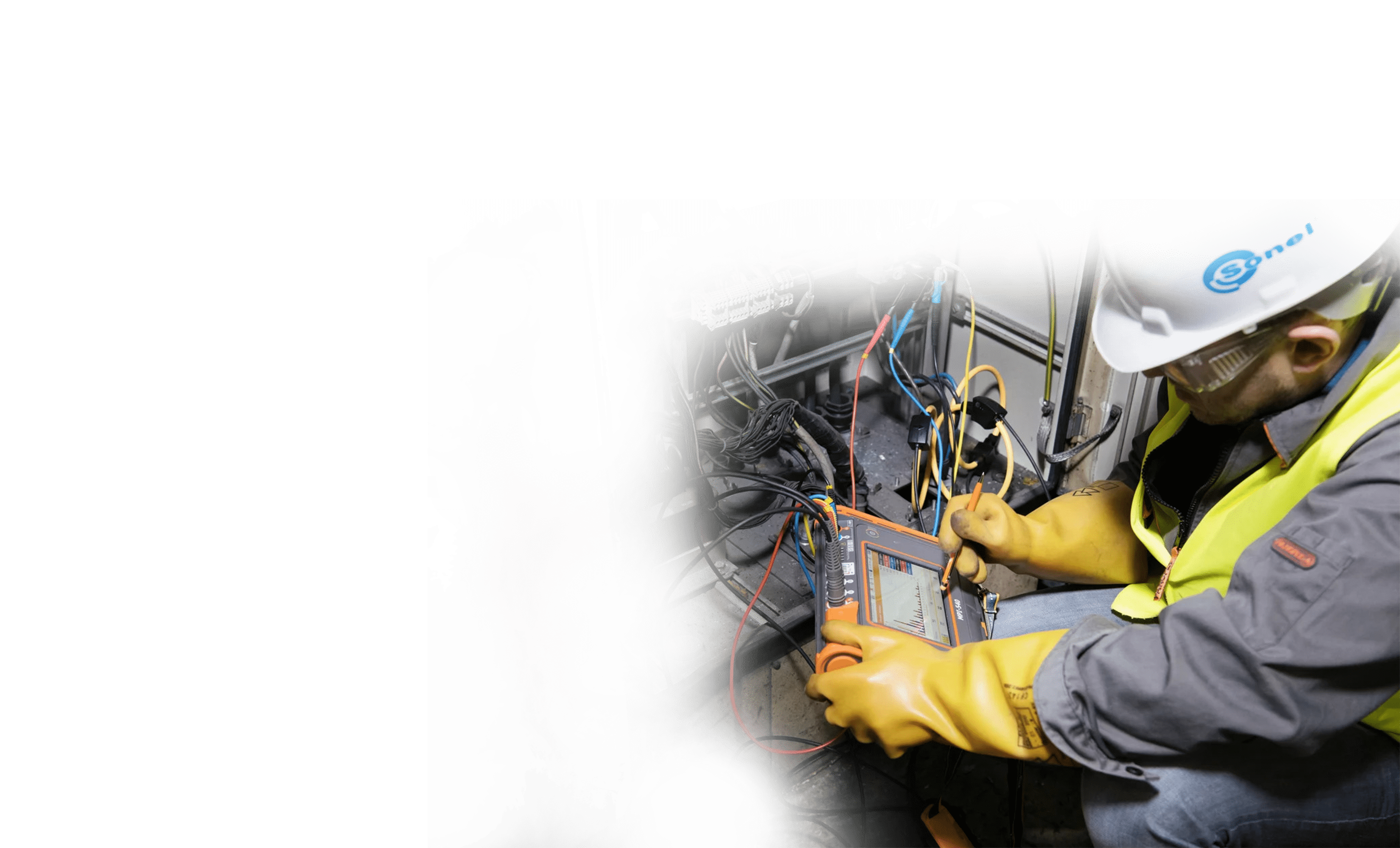Finding The Right Lux Meter
May 13/2023 HVAC &R

A lux metre is a tool for measuring light and has numerous practical industrial uses. To use the tool properly, it is crucial to comprehend what it is, how to calibrate it, and why Testo's lux metres are the best available. In addition to having a significant impact on workers in industrial settings, lighting has a significant impact on office workers and overall business productivity.
What is a lux meter?
One lumen per square metre, or one lux, is the unit of measurement for brightness in lux metres. The device measures the light intensity with a sensor and transmits the information to a data logger or internal memory. The measuring of light intensity is becoming more crucial for safety reasons, but it can also, in some cases, boost workplace productivity. In addition, by choosing the appropriate lighting settings for your budget, your business can save money on the power supply. The same light bulb might be more effective and last longer.
The way that light is distributed has a significant impact on both worker productivity and workplace safety. Lux metres aid in ensuring that visible light conditions, such as those in an office or an industrial greenhouse, are at their best.
How to use a lux meter
To meet your unique requirements, Testo offers a variety of lux metres, each with a range of features. For instance, the testo 540 – Pocket-sized Lux metre can measure rapid readouts while remaining small and having the ideal measurement range. While the majority of metres have the same fundamental capabilities for measuring brightness and light, some of them additionally include extra characteristics for various applications.
Testo lux metres feature three different parts that make sure the task is done properly. They measure light intensity and conditions very precisely. Here are a few instances:
- Light sensor type: This is how the tools perceive ambient light in a similar way that the human eye does.
- V-Lambda curve: Lux meters that assess illuminance according to the V-Lambda curve are used for all common light sources.
- Operation: A light meter from Testo can be operated intuitively from the operation menu. Automatic data loggers increase the efficiency and precision of the measurement, and mistakes due to human error are avoided.
- Display size: The large display helps users ensure they can read the lux measurements quickly and accurately. This also helps to avoid errors when recording the measuring values, particularly when readings must be done right away.

Extended use features
The lux metres from Testo have various extended use capabilities to increase efficiency, as was already described. Here are a few instances:
- WiFi data loggers: When connected to the internet, the data loggers can store the information it records and detect when defined limit values are reached.
- External probes: For example, small lux probes are used in display cabinets and on exhibition pieces and offer discreet monitoring of light-sensitive exhibits.
When using a lux metre, take in mind that although the amount of light being released remains constant, the number of lux decreases when the tool is moved further away from the light source. The light disperses as you go farther away, resulting in a smaller light reading.
Search for our article here
categories
- Food & Health
- Gas Analysis
- Multifunction Instruments
- Pharma & Life Science
- Preventative Maintenance
- Services







